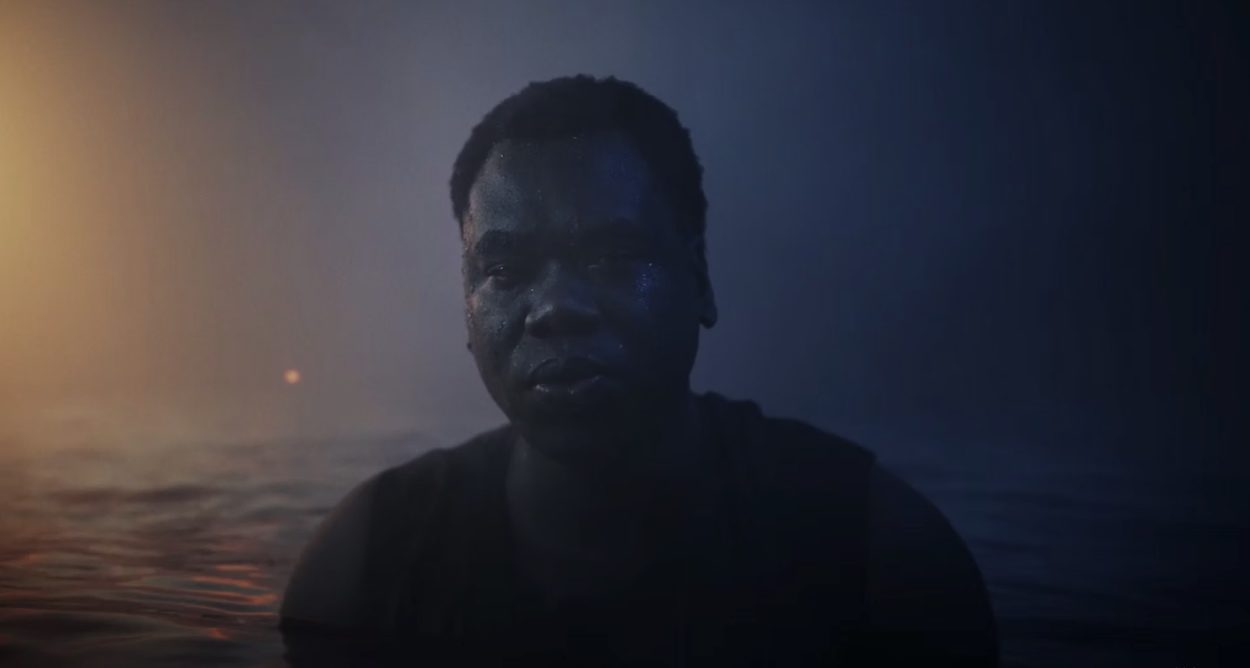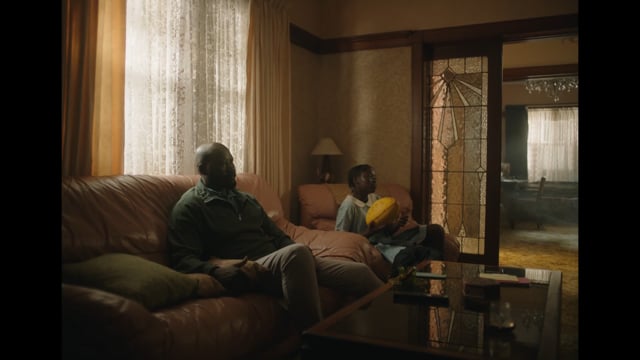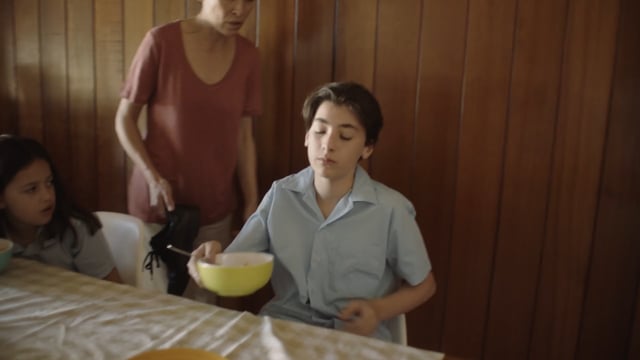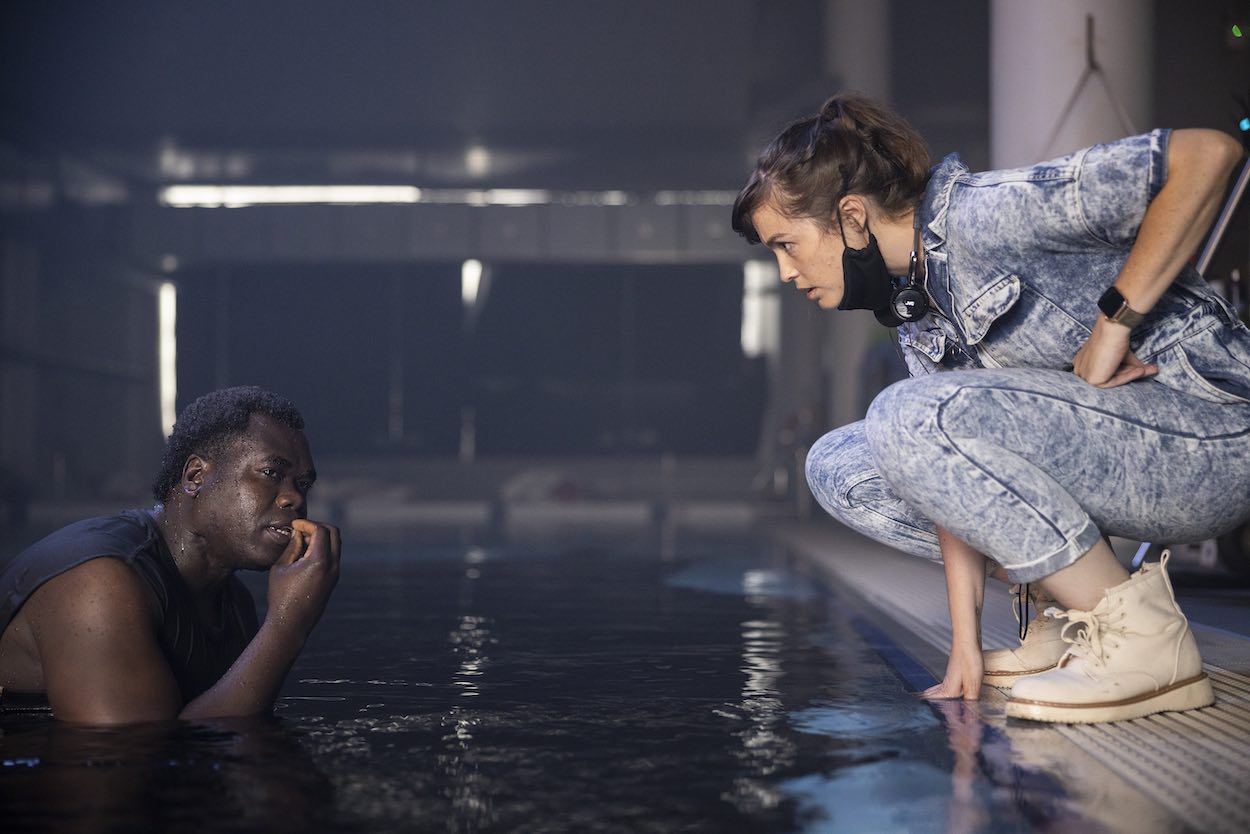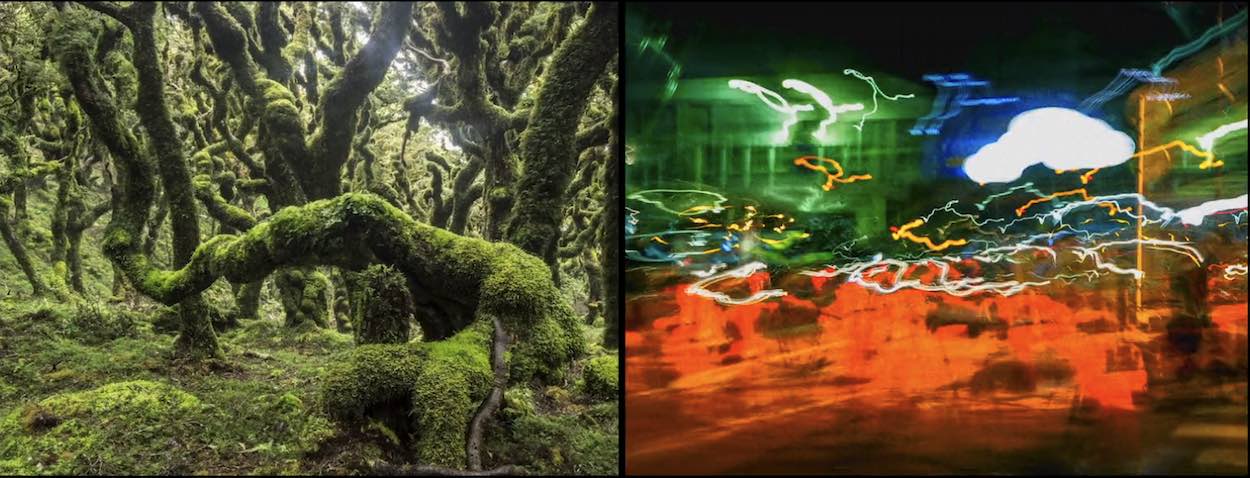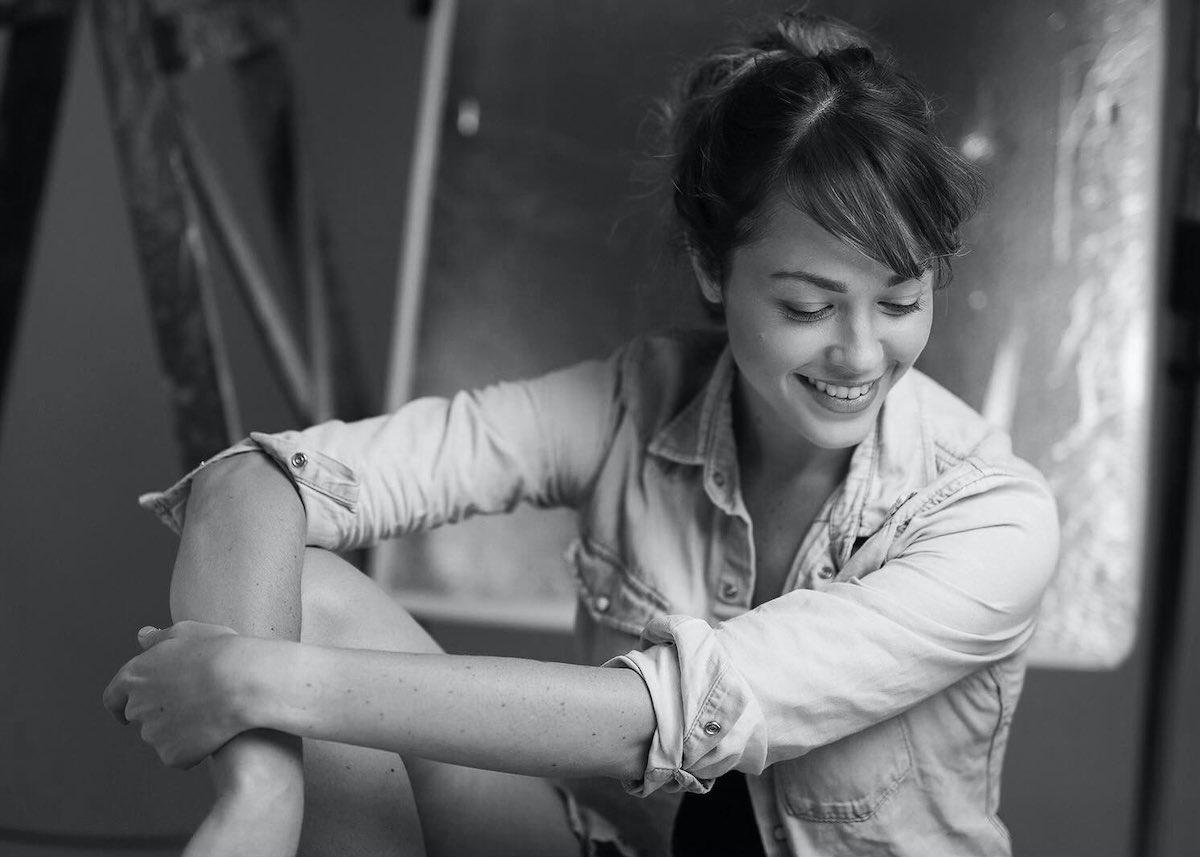Kyra directing The Reluctant Shanty
The Reluctant Shanty highlights the plight of refugees who have been forced to make dangerous journeys across the ocean and the soundtrack is extraordinarily moving. How did the different elements came together?
The idea came about when sea shanties were exploding on socials last year. You couldn’t go anywhere online without being accosted by a rousing rendition of Wellerman. Historically, shanties were used to unify crews on long sea journeys, putting storytelling and singalongs to work in lifting spirits and creating a communal focus. The creatives at BMF saw the parallels with modern-day refugees who undertake those dangerous voyages and after speaking with many of them, wrote a song based on the refugees’ experiences. I loved the idea immediately.
The OG TikTok shanty star Nathan Evans agreed to come on board, inviting his followers to duet the song and in the process giving millions of young people a deceptively powerful way to engage with a refugee’s point of view.
What were the main challenges of shooting the film?
From the outset I knew that the hardest − and most important − part of the film to get right would be its tone. There’s a tried and true way of handling difficult issues like this, and it’s to show the confronting reality of the world the person has come from − the terror and persecution and danger they are escaping. I think sometimes that can stray into portraying them as one-dimensional victims, without the nuance and depth of real people.
I wanted to make sure that our heroes retained a sense of agency, strength and resilience, with their appeal to the camera inviting empathy and connection rather than pity. So we devised an approach with a slight eeriness to the disjunct between real and unreal. We talked about it as a World Press Photo come to life, or a poem that leaves you with a lingering resonance rather than a full picture of events.
How did you go about finding the cast?
Casting actual refugees threw up some interesting challenges. There was a limited pool of people in Sydney with that background, and even fewer who might be comfortable singing on camera. So rather than perfectly polished voices, we looked for a cast with strong connections to their history who felt comfortable enough in their own skin to just sit and let the moment unfold naturally. We rehearsed for a couple of weeks prior to the shoot to help them learn the lines and get their mouths around the words. Apart from being non-native English speakers, some of them had never sung in front of anyone else.
On the day, with just one continuous shot for each scene, there was nowhere to hide. That connection from performer to audience, flowing directly through the lens, was all we had to create the alchemy of sadness and strength we were after. That’s no easy task for someone who’s never been on camera before, but in the end I think the soul of their performances is testament to their incredible strength of character.
Vodaphone, The Smart Network is Here
You have followed that up with a wild-ride ad for Vodafone New Zealand that throws the normal rather staid approach to telecoms commercials up in the air. You were obviously given a lot of directorial freedom. How did the creative process work?
The script came to me from DDB Aotearoa CCO Matty Burton who I knew from my time in post, which was great because he’s aware of my penchant for weird visuals and niche techniques. So even though on the surface the brief could have been quite straightforward – a VO about time, illustrated with fast and slow motion – he gave me permission to go all out in creating something that felt unlike anything else on commercial TV. That level of trust and freedom felt pretty rare, so at every step I experimented with pushing it a little further, seeing how far I could stretch the boundaries. Massive props must go to Vodafone NZ for being brave enough to go on that ride with us. The whole experience gave me an addictive taste of what can be achieved when clients are bold enough to trust the creative team they’ve hired.
Did you plan the production in pre-prod down to the minutest detail? Any challenges along the way?
We had a crazy fast turnaround to contend with − just over two weeks from the job awarding to shooting. With such a tight schedule everything had to be happening simultaneously. I was scouting locations while remote casting and also rendering tests of flowering cell towers on the fly. I’d storyboarded the core beats of the film, but everything else was evolving and changing so quickly that it ended up being the mood film I’d cut for the treatment that became our bible in both pre- and post-production. Whilst I don’t do them for every job, in this case that video reference of tone and technique was paramount in making sure crew, agency and client were consistently on the same page with me.
The Vodafone ad features a recording of Stephen Hawking talking about time. Why was that quotation chosen?
The quote is from Stephen Hawking’s essay ‘How To Build A Time Machine’, and is essentially about how the faster we move and the closer we get to the speed of light, the more time slows down – thus creating a version of time travel. It was picked not just for its cerebral heft, but also because it neatly illustrated the feeling of New Zealand over the last couple of years. It taps straight into that universal experience of the slipperiness of time, the feeling that some moments seem to hang forever, while others skitter away before we’ve barely had a chance to register them.
The most exciting thing about the quote, though, was the licence it gave me to explore some bold techniques that are themselves rooted in a manipulation of time and light: slit-scan photography, long exposures, stop motion, practical effects that evoke the sun’s rays, and some less conventional takes on both slow motion and timelapse. The challenge, of course, was to not let them overwhelm the film or come across as overtly tricksy just for the sake of it.
Vodaphone, The Smart Network is Here
It seems to me that both of these commercials might have benefited from the use of sub-titles. The refugees, because although their anguish is clear, the words of the song are not always easily understood; and Stephen Hawking, because his is a machine-generated voice. Did you consider using sub-titles?
Certainly in the case of the UNHCR film we experimented with subtitles, but from a creative standpoint I think it’s much stronger without. I find that when I watch a film with subtitles my eye tends to hover expectantly at the bottom, and the words capture more of my attention than they otherwise would. In the case of these two films my primary focus was to create something that was felt rather than understood, and it seemed that if I were to create more emphasis on the script, then the overall balance would be off kilter. Additionally, in the UNHCR piece, I think much of the power comes from looking into the refugees’ eyes as they bare their souls, so there was a need to strip back any visual clutter in order to maintain that hypnotic connection.
Whose work is inspiring you at the moment?
I recently watched Never Gonna Snow Again and fell completely in love with its swirling mix of nostalgia, strangeness and melancholic beauty. I’ve been digging through director Malgorzata Szumowska’s back catalogue trying to put my finger on her exquisite control of tone.
Outside of that, my biggest inspiration recently has been MidJourney, the AI image generation platform. It’s like having a concept artist in your pocket who is completely unrestrained by common sense or the rules of what is the ‘right’ way for an image to look. So the results veer between profound visual poetry and utter nonsense, both of which I love.
Kyra Bartley
INFO:
@kyrabartley
@finchcompany
Finch website
Reluctant Shanty website
See full length Losing Lena here
